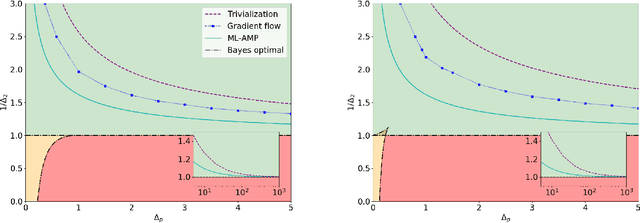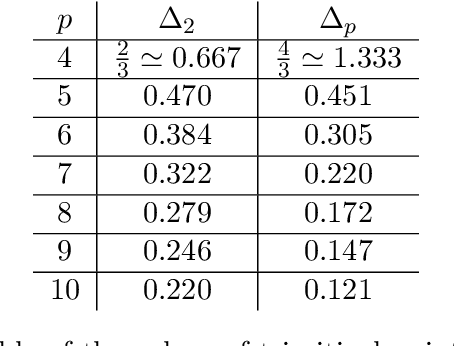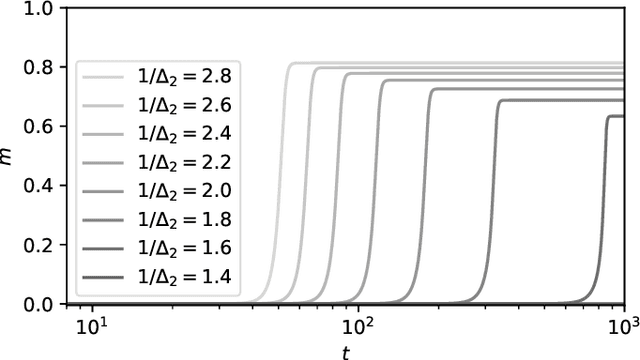Passed & Spurious: analysing descent algorithms and local minima in spiked matrix-tensor model
Paper and Code
Feb 01, 2019



In this work we analyse quantitatively the interplay between the loss landscape and performance of descent algorithms in a prototypical inference problem, the spiked matrix-tensor model. We study a loss function that is the negative log-likelihood of the model. We analyse the number of local minima at a fixed distance from the signal/spike with the Kac-Rice formula, and locate trivialization of the landscape at large signal-to-noise ratios. We evaluate in a closed form the performance of a gradient flow algorithm using integro-differential PDEs as developed in physics of disordered systems for the Langevin dynamics. We analyze the performance of an approximate message passing algorithm estimating the maximum likelihood configuration via its state evolution. We conclude by comparing the above results: while we observe a drastic slow down of the gradient flow dynamics even in the region where the landscape is trivial, both the analyzed algorithms are shown to perform well even in the part of the region of parameters where spurious local minima are present.
 Add to Chrome
Add to Chrome Add to Firefox
Add to Firefox Add to Edge
Add to Edge